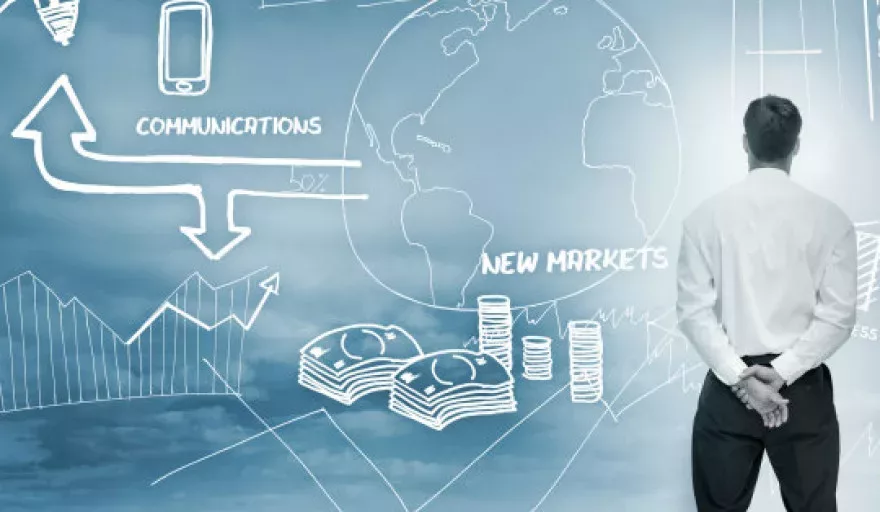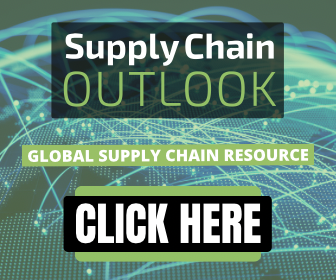European companies have become dependent on the emerging economies for production, new facilities and customers. Today, over half of the income from the global 500 occurs outside the country of domicile, proving we have shifted towards a truly global business landscape. More than 90 Global Fortune 500 companies are headquartered in emerging markets, whereas in 1996 there were none.
Supply chain planners must also deal with rising complexity. Many companies are having to work harder to meet their customers’ increasingly diverse requirements. According to a recent report by McKinsey, mobile-phone makers introduced 900 more varieties of handsets in 2009 than they did in 2000.
This movement of multinational organisations into emerging markets, combined with the diversification of their product portfolio, has meant that supply chain risk has become an increasingly complex and important issue for businesses today.
To make good supply chain decisions now requires lots of data and research. When building resilience to natural catastrophes and other property losses, companies need to understand the risk landscape, in order to identify the “pinch points” where problems may cause business interruption. Using data, companies can analyse the risks they face and prevent or control them.
The FM Global Resilience Index
At FM Global, we identified that this kind of information (based upon hard data) wasn’t readily accessible to organisations today. As commercial property insurers, with the belief that the majority of loss is preventable, we strive to push supply chain issues as far up the corporate agenda as possible. We want to help companies so that they are not only more aware of the challenges they face, but are armed with the relevant data to start making more informed decisions.
As a result, we embarked upon a mission to present organisations around the world with powerful insights to help them answer the question ‘where in the world is your company vulnerable?’
The result is the FM Global Resilience Index. It ranks the supply chain resilience of 130 countries around the world, helping executives prioritise where they should focus their risk management and investment efforts. The index aggregates nine drivers of resilience into three factors – economic, risk quality and the supply chain itself. The idea was to give decision makers the data to enable them to generate powerful insights about risk and opportunities in the supply chain to guide their operating strategy in four key areas:
1. Selecting suppliers based on the supply chain risk/resilience of the countries in which they are located
2. Deciding where to locate facilities
3. Evaluating the resilience of the countries hosting existing facilities
4. Assessing the supply chain resilience of countries where customers’ facilities are based
Insights from the Resilience Index
We found that countries with strong economies, high-quality infrastructures and a high level of risk quality (such as fire safety standards) score well.
This is why Norway, Switzerland and Canada appear in the top three slots in 2014. Norway leads the way, helped by its North Sea energy supply, making it highly resistant to the threat posed by any shock to energy prices. Ireland, in spite of its 27th position for supply chain drivers, makes it into the top five because of its strong commitment to risk management and low exposure to natural hazards.
By contrast, the Philippines (14th from the bottom) has a huge exposure to natural hazard risk, as the slow recovery from Typhoon Haiyan has shown, and too little economic strength to demonstrate strong resilience.
Because the data is refreshed annually, the Resilience Index also enables executives to identify countries that are working to make themselves more attractive supply chain partners. In 2014, Bosnia and Herzegovina rose 19 places due to significant improvements in its political risk as well as in the quality of local suppliers, which is a measure derived from an annual survey by the World Economic Forum. Other big risers are Armenia, Tajikistan, Kazakhstan and Jordan. In the case of Tajikistan and Kazakhstan, the improvements are due to improved quality in fire risk management, while Armenia and Jordan enhanced their natural hazard risk management capabilities.
Mexico, one of the new emerging markets, ranks 59 out of 130 countries and territories in the 2014 FM Global Resilience Index. Mexico’s weakest factor is Economic, where the country ranks 90th in the world, due to having low gross domestic product per capita and higher political risk, which brings down its overall ranking.
Mexico also ranks lower when it comes to the control of corruption, where there is significant room for improvement. While the country has only a moderate exposure to natural hazards, improvements to its commitment to managing such property-related exposures would likely increase the country’s resilience to supply chain disruption.
Aside from the BRIC countries, Turkey is another emerging market that businesses are beginning to move into. Turkey ranks 58 out of 130 territories in the 2014 FM Global Resilience Index, just above the mid-point of the worldwide ranking. While the country maintains average local supplier quality, the country places poorly for its Risk Quality, where the country ranks 111th in the world, primarily due to its very high earthquake exposure.
Turkey’s performance on the Resilience Index also is weakened by significant political risk within the country that could contribute to government instability by unconstitutional or violent means, including terrorism. Similarly, corruption within the nation lowers the country’s position in the Resilience Index. Improvements within the country to both of these drivers of supply chain resilience would boost the country’s overall score and rank in the Index.
Raising the profile of supply chain risk
Companies now have more access to data and information about the countries they operate in. I would urge any business that is thinking of locating overseas (or working with new suppliers) to use all the data available to them to help them make more informed decisions. After all, supply chain risk is recognised in today’s economy as a major threat to business continuity, as a break in the supply chain can reduce a company’s revenue, cut into market share, inflate costs, or threaten production and distribution.
It’s important to recognise that the Resilience Index should not be used as a ‘one-stop’ tool in isolation, but rather, it should be part of a company’s suite of resources that will help them choose the right suppliers and territories to expand into. The Resilience Index helps businesses understand where they are most susceptible to property loss, but perhaps more importantly, it raises the profile of supply chain risk as a whole.



































